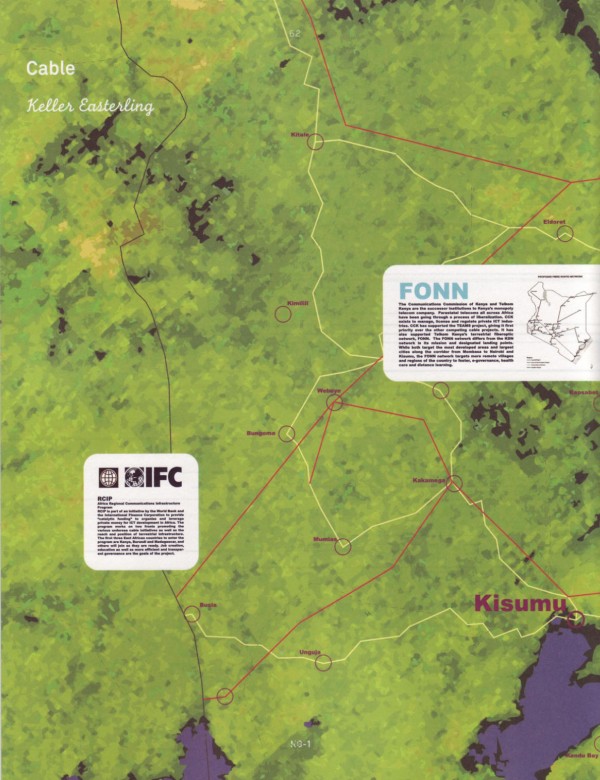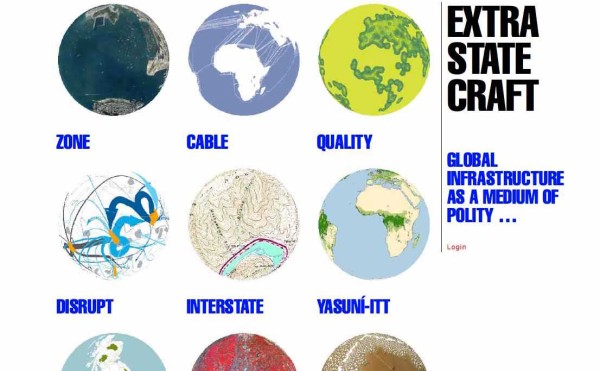Broadband Urbanism
Clog: Data Space — 2012
While telecommunications in Africa has recently been distinguished by deprivation, it is now often heralded for its explosive growth. A majority of the over five billion cell phones in the world are now in developing countries. Broadband is written into the platforms of national governments and into the development goals of international organizations like the World Bank and the UN. Access to mobile telephony—what the World Bank has called “the world’s largest distribution platform”— is treated as a right, akin to the right to water or food. A swarm of telecoms from all over the world compete for market share in underserved Africa. The blogosphere is thick with commentary. New entrepreneurs identify new multipliers and borrow crowd sourcing techniques to penetrate the market while a resourceful populations develops tricks of their own to improvise uses for the technology.
New fields of study within informatics have been created to determine relationships between information and communication technologies (ICT) and development. While there is a growing expertise concerning ICT and its direct effects on development, that expertise, from global consultancies like McKinsey and others is spoken in languages of business, technology and “econometrics,” and there is no formalized field to study the interdependencies between ICT infrastructure and space. Yet the urban territory for this broadband, with some wireless capacity and some dependence on physical terrestrial fiber optics, is part of a complex game in the developing world. Architecture and urbanism, will be a major determining factor of population concentrations, accessibility, resilience and disposition of network.




